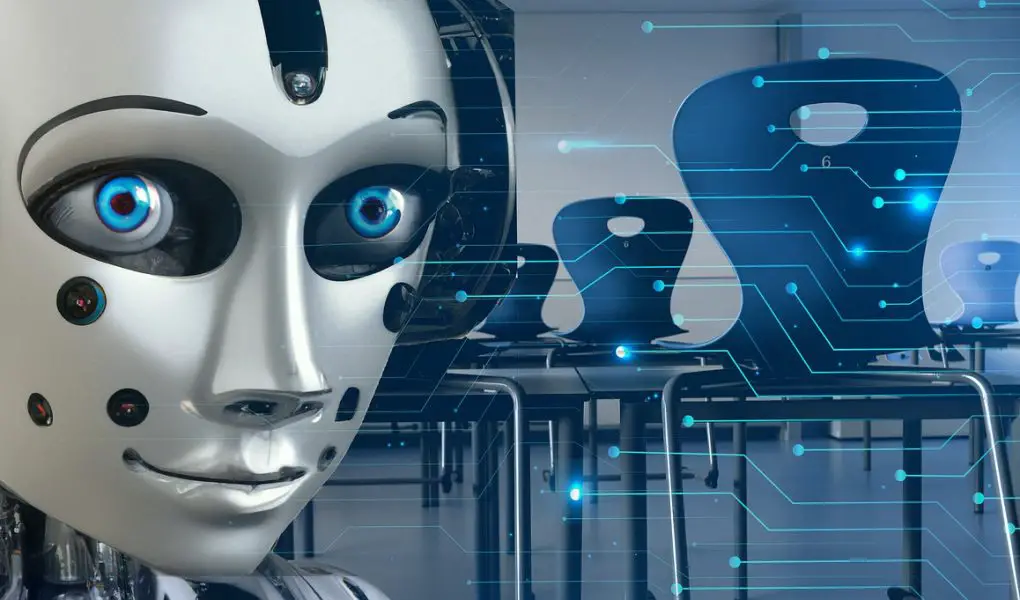In recent years, the field of education has witnessed a rapid transformation with the advent of artificial intelligence (AI) technologies.
One of the technologies that has gained significant attention is ChatGPT, a state-of-the-art language model created by OpenAI.
With its ability to process and generate human-like text, ChatGPT has emerged as a potential game-changer in the realm of education.
In this blog post, we will explore the key differences between ChatGPT and traditional learning tools and discuss how this AI-powered model is revolutionizing education as we know it.
The Rise of ChatGPT.
Before delving into the specifics, let’s briefly understand what ChatGPT is and how it works. Developed by OpenAI, ChatGPT is a cutting-edge language model that leverages deep learning techniques to generate text responses based on user prompts. It’s been trained on a vast amount of data from the internet, enabling it to generate coherent and contextually relevant responses.
Unlike traditional learning tools that rely on predefined content, ChatGPT is designed to engage in dynamic conversations. Users can interact with ChatGPT by posing questions or presenting prompts, and the model generates responses accordingly.
This conversational approach makes ChatGPT a versatile learning tool that can adapt to individual needs and provide personalized assistance.
Adaptive Learning and Personalization.
One of the key advantages of ChatGPT over traditional learning tools is its ability to provide adaptive learning experiences. Traditional tools often follow a one-size-fits-all approach, delivering the same content to all users.
However, ChatGPT can tailor its responses based on individual preferences, learning styles, and knowledge levels.
For instance, if a student poses a question about a specific topic, ChatGPT can generate a response that matches their current understanding. If the student requires further explanation, the model can provide additional details or simplify the explanation based on the student’s request.
This adaptability ensures that learners receive personalized assistance, enhancing their comprehension and overall learning experience.
Interactive and Engaging Learning Environment.
Learning can be a tedious process, especially when using traditional tools that rely on static content. ChatGPT, on the other hand, offers an interactive and engaging learning environment.
By simulating conversations, the model creates a more dynamic and immersive experience for learners.
Interacting with ChatGPT can be akin to conversing with a knowledgeable tutor or mentor. Learners can engage in back-and-forth discussions, ask follow-up questions, and receive instant feedback.
This interactive nature fosters active learning and encourages learners to delve deeper into the subject matter, ultimately leading to a more comprehensive understanding.
24/7 Availability and Accessibility.
Another significant advantage of ChatGPT is its availability and accessibility. Traditional learning tools are often bound by time and space constraints, requiring learners to adhere to specific schedules or access physical resources. In contrast, ChatGPT is accessible round the clock and can be used from anywhere with an internet connection.
This accessibility ensures that learners have continuous access to learning resources and support. Whether it’s late at night or during a busy day, learners can rely on ChatGPT to provide assistance whenever needed.
This flexibility empowers learners to take control of their learning journey and eliminates the constraints imposed by traditional learning tools.
Enhancing Creativity and Critical Thinking.
While traditional learning tools primarily provide information and facts, ChatGPT goes beyond surface level to foster creativity and critical thinking in learners. The model’s ability to engage in open-ended conversations encourages learners to explore different perspectives, think critically, and express their thoughts more effectively.
By posing open-ended questions to ChatGPT, learners can receive diverse and thought-provoking responses. This process stimulates their creativity, enables them to analyze complex problems from multiple angles, and nurtures their ability to think critically.
ChatGPT’s contribution to enhancing these essential skills sets it apart from traditional learning tools.
Addressing Potential Challenges.
While ChatGPT offers numerous benefits, it is essential to recognize and address potential challenges associated with its usage.
One significant concern is the model’s reliance on pre-existing data, which may contain biases.
OpenAI is actively working towards reducing bias and improving the clarity of guidelines provided to human reviewers during the training process.
Additionally, ChatGPT’s responses are generated based on statistical patterns in the data it has been trained on, which means it may occasionally produce incorrect or nonsensical answers. OpenAI is constantly refining the model to mitigate such issues and encourages user feedback to help in its ongoing development.
Conclusion.
ChatGPT is undeniably ushering in a new era in education, transforming the way we learn and interact with information. Its adaptive learning, interactivity, accessibility, and focus on creativity and critical thinking set it apart from traditional learning tools.
While there are challenges to be addressed, the potential of ChatGPT to revolutionize education and provide personalized, engaging, and accessible learning experiences is truly promising.
As AI continues to evolve, we can expect even more advancements in the field of education, empowering learners worldwide and shaping the future of learning.




